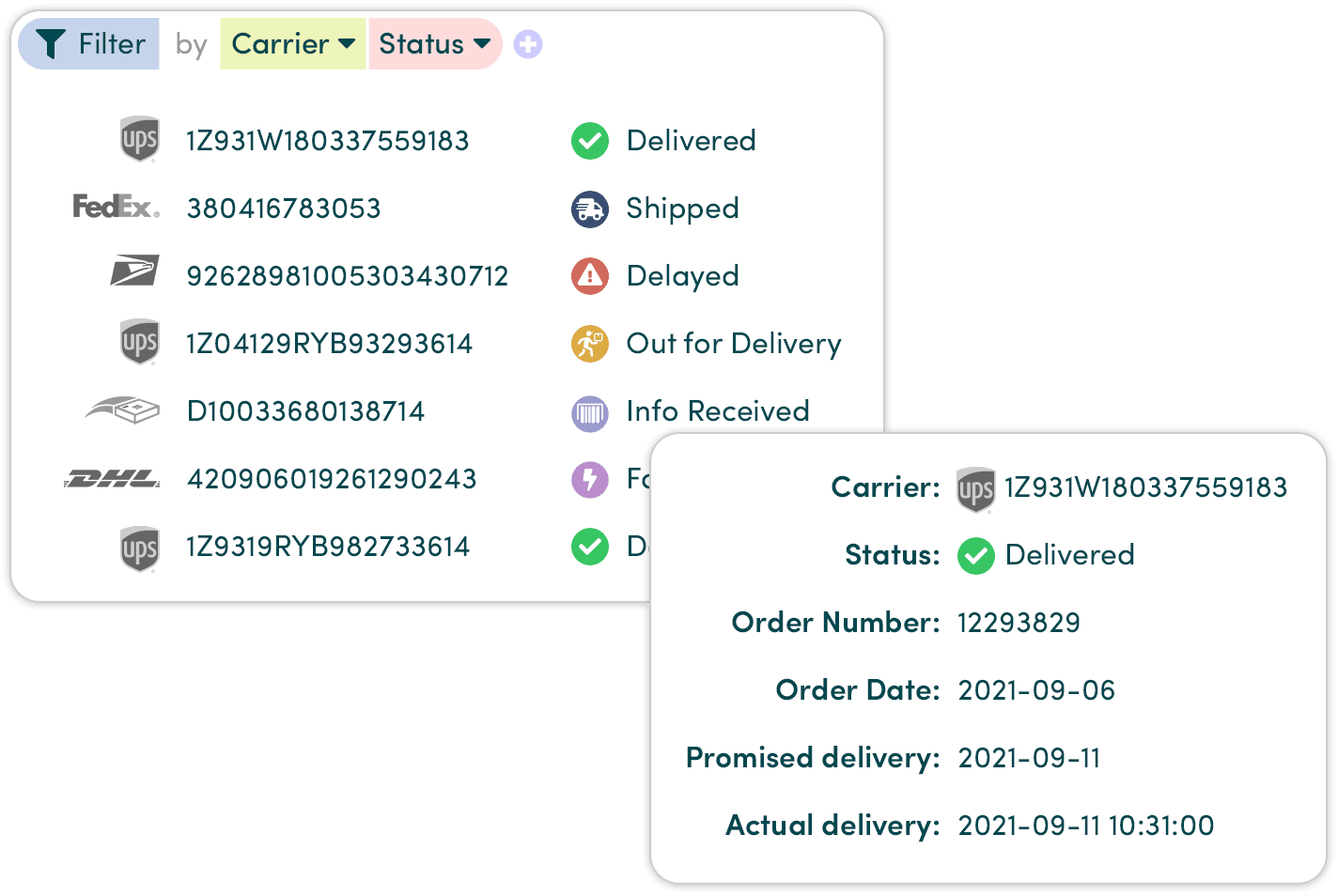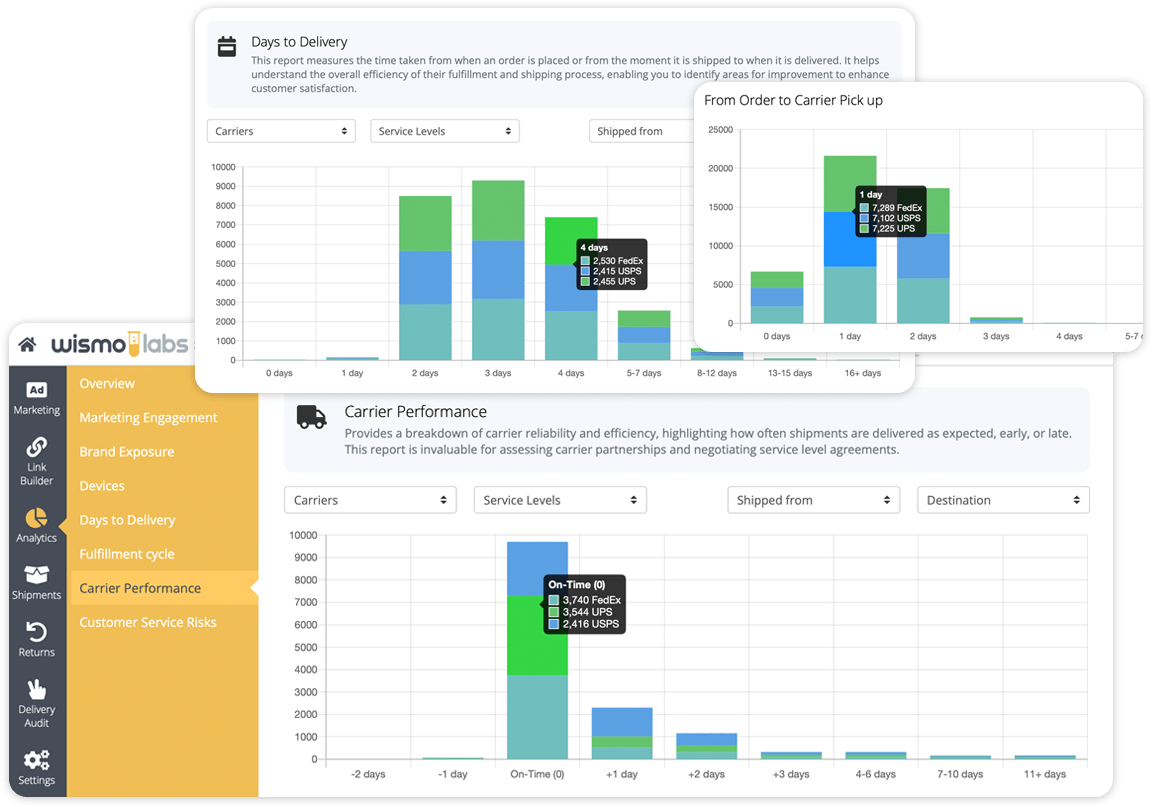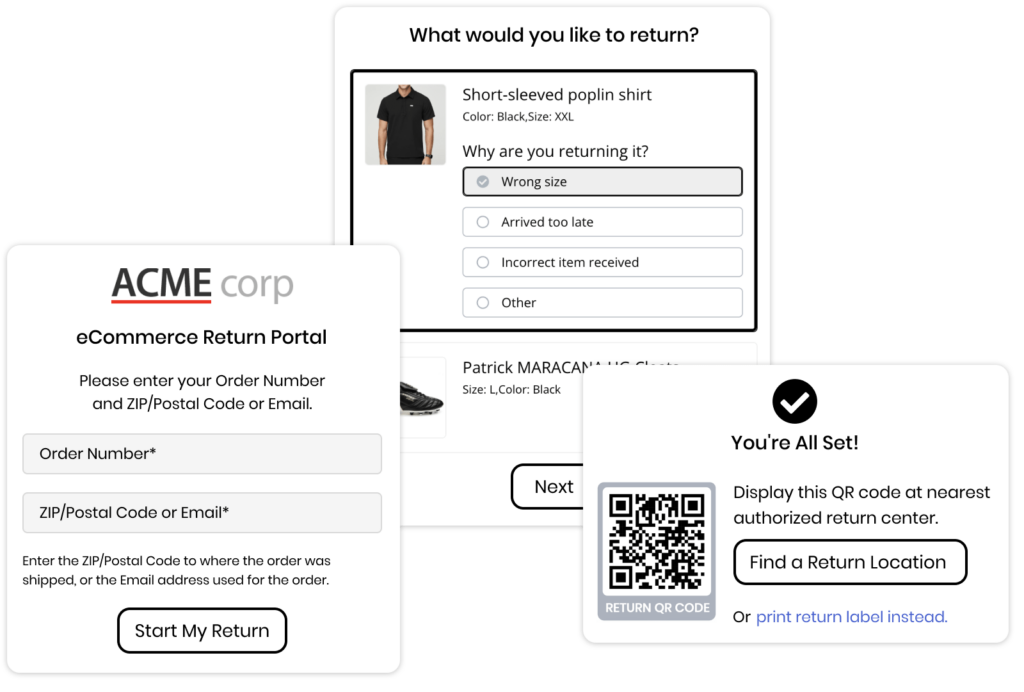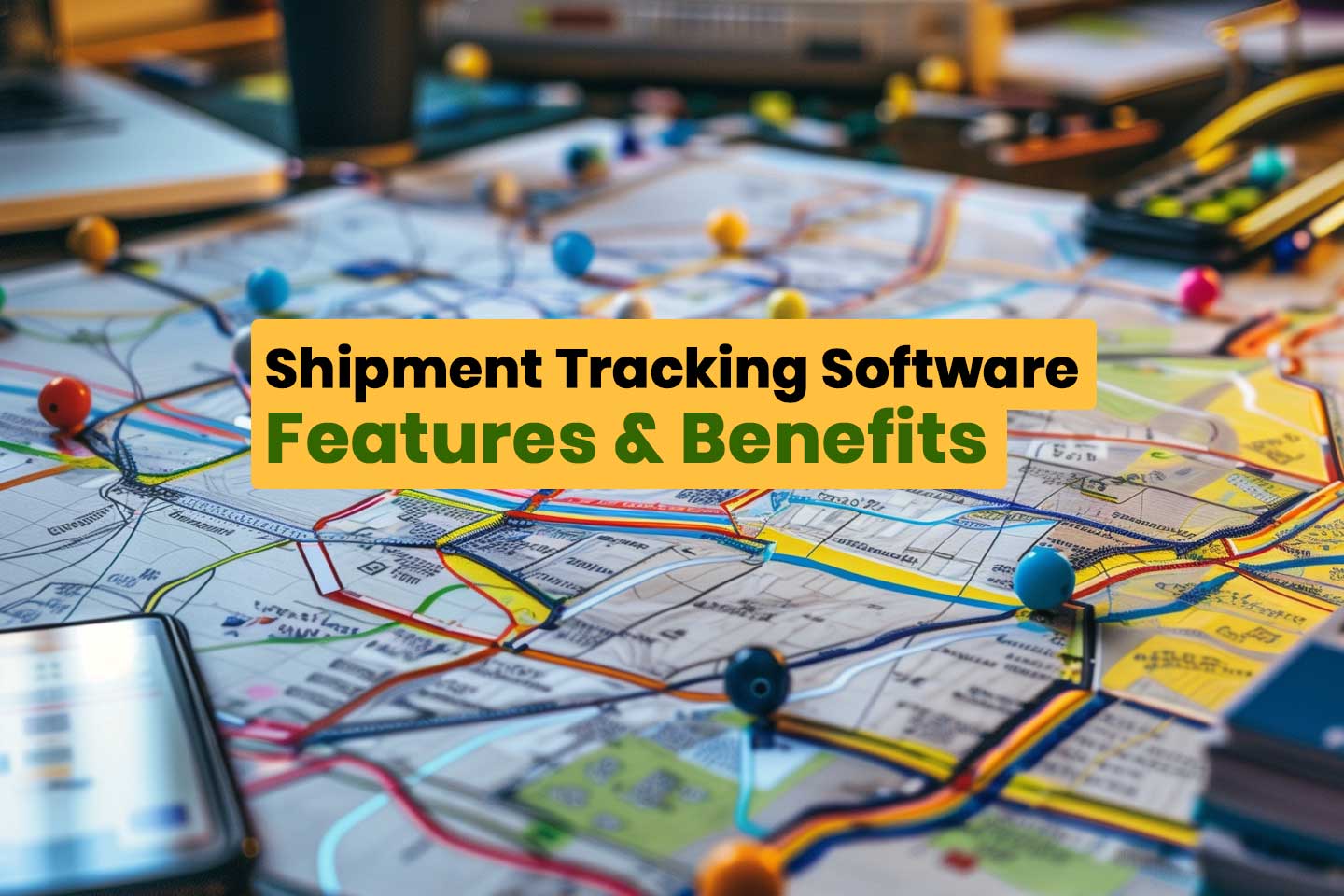In today’s fast-paced logistics world, data analytics has become an indispensable tool for improving shipment tracking. Let’s explore seven powerful ways to harness the power of data analytics and revolutionize your shipping operations.

1. Implement Real-Time Shipment Visibility
Real-time tracking is the cornerstone of modern shipment analytics. By integrating carrier APIs and normalizing data from various sources, you can achieve unprecedented visibility into your shipments.

With real-time updates, you can:
- Track packages across multiple carriers
- Identify potential delays early
- Provide accurate ETAs to customers
- Optimize route planning
- Enhance inventory management
2. Leverage Predictive Analytics for Risk Management
Predictive analytics uses historical data to forecast potential issues before they occur. This proactive approach is crucial for minimizing disruptions in your supply chain.

Key benefits of predictive analytics include:
- Early detection of problematic orders
- Automated risk mitigation strategies
- Improved on-time delivery rates
- Demand forecasting
- Carrier performance prediction
- Cost optimization
3. Enhance Customer Experience with Data-Driven Insights
Data analytics can significantly improve customer satisfaction by providing personalized experiences and timely updates.
Improve customer experience by:
- Creating branded tracking pages
- Sending automated, personalized notifications
- Offering self-service options for common inquiries
- Personalizing the post-purchase experience
- Implementing proactive issue resolution
- Gathering and acting on customer feedback
4. Optimize Carrier Performance
Data analytics allows you to evaluate and improve carrier performance, leading to more efficient and cost-effective shipping operations.
Use analytics to:
- Create carrier scorecards
- Identify trends in carrier performance
- Make data-driven decisions when selecting carriers
- Negotiate better contracts
- Implement performance-based incentives
- Identify and address recurring issues
- Forecast capacity needs
5. Streamline Returns Management
Efficient returns management is crucial for customer satisfaction and operational efficiency. Data analytics can help streamline this process.

Improve returns management by:
- Analyzing return reasons to identify product issues
- Optimizing the returns process for customer convenience
- Predicting return volumes for better resource allocation
- Implementing smart return routing
- Personalizing the returns experience
- Identifying fraud patterns
- Enhancing inventory management
- Improving product descriptions and imagery
6. Integrate with Existing Systems
For maximum efficiency, your shipment tracking analytics should integrate seamlessly with your existing e-commerce and marketing tools.

Benefits of integration include:
- Unified data across platforms
- Improved accuracy in inventory management
- Enhanced marketing capabilities
- Streamlined order fulfillment
- Improved financial reporting
- Enhanced customer insights
- Facilitated compliance and reporting
7. Leverage Customer Analytics for Strategic Decisions
Customer analytics provide valuable insights that can inform your overall business strategy.
Use customer analytics to:
- Identify purchasing patterns
- Personalize marketing efforts
- Improve product offerings based on customer preferences
- Optimize pricing strategies
- Enhance customer segmentation
- Improve customer retention strategies
- Guide expansion decisions
| Metric | Value | Source | Status |
|---|---|---|---|
| Purchase Frequency | 3.5 orders per customer per year | [1] National Retail Federation | Good |
| Average Order Value | $125 | [2] International Council of Shopping Centers | Average |
| Customer Lifetime Value | $1,500 | [3] Bain & Company | Excellent |
| Preferred Shipping Methods | 60% ground, 20% air, 20% expedited | [4] Logistics Management Institute | Varied |
Conclusion
Data analytics has become an indispensable tool in modern shipment tracking and logistics management. By leveraging these seven powerful strategies, businesses can significantly improve their shipping operations, leading to increased operational efficiency, reduced costs, enhanced customer satisfaction, and ultimately, a stronger competitive position in the market.
As you implement these strategies, remember that it’s an iterative process. Start with the areas that will provide the most immediate value to your business, and continuously refine and expand your analytics capabilities. Here are some key takeaways:
- Real-time visibility is the foundation of modern shipment tracking, providing unprecedented transparency and control over your supply chain.
- Predictive analytics allows you to anticipate and mitigate risks before they impact your operations or customer satisfaction.
- Data-driven customer experiences can significantly enhance satisfaction and loyalty, turning shipping from a cost center into a competitive advantage.
- Optimizing carrier performance through data analytics can lead to substantial cost savings and improved service quality.
- Efficient returns management is crucial in the e-commerce era, and data analytics can streamline this process significantly.
- Integration with existing systems ensures that your shipment tracking data enhances all aspects of your business operations.
- Customer analytics provide invaluable insights for strategic decision-making across your organization.
Implementing these data analytics strategies requires investment in technology, skills, and often, organizational change. It’s not just about having the right tools, but also about fostering a data-driven culture where decisions at all levels are informed by analytics.
As the e-commerce landscape continues to evolve and customer expectations for fast, reliable shipping continue to rise, the ability to effectively leverage data analytics in shipment tracking will become increasingly crucial for business success. Those who master these techniques will be well-positioned to thrive in the competitive world of modern logistics.
Remember, the goal is not just to track shipments, but to use that data to drive continuous improvement across your entire supply chain. By doing so, you can transform your shipping operations from a necessary cost into a strategic asset that drives business growth and customer loyalty.
As you embark on or continue your journey of leveraging data analytics for shipment tracking, keep in mind that the field is constantly evolving. Stay informed about new technologies and methodologies, and be prepared to adapt your strategies as new opportunities arise. With the right approach and a commitment to data-driven decision making, you can ensure that your shipping operations remain a source of competitive advantage in the years to come.





